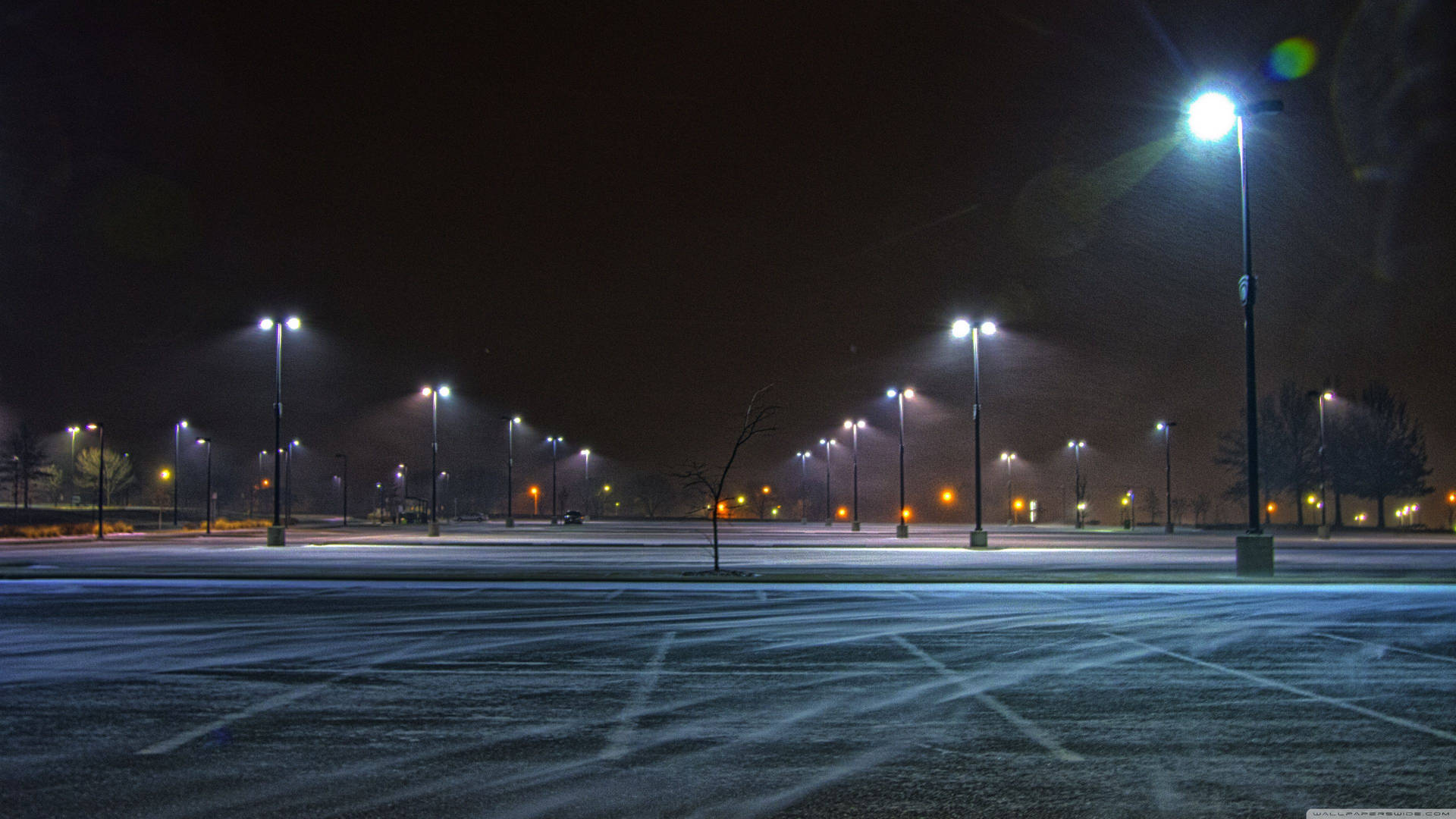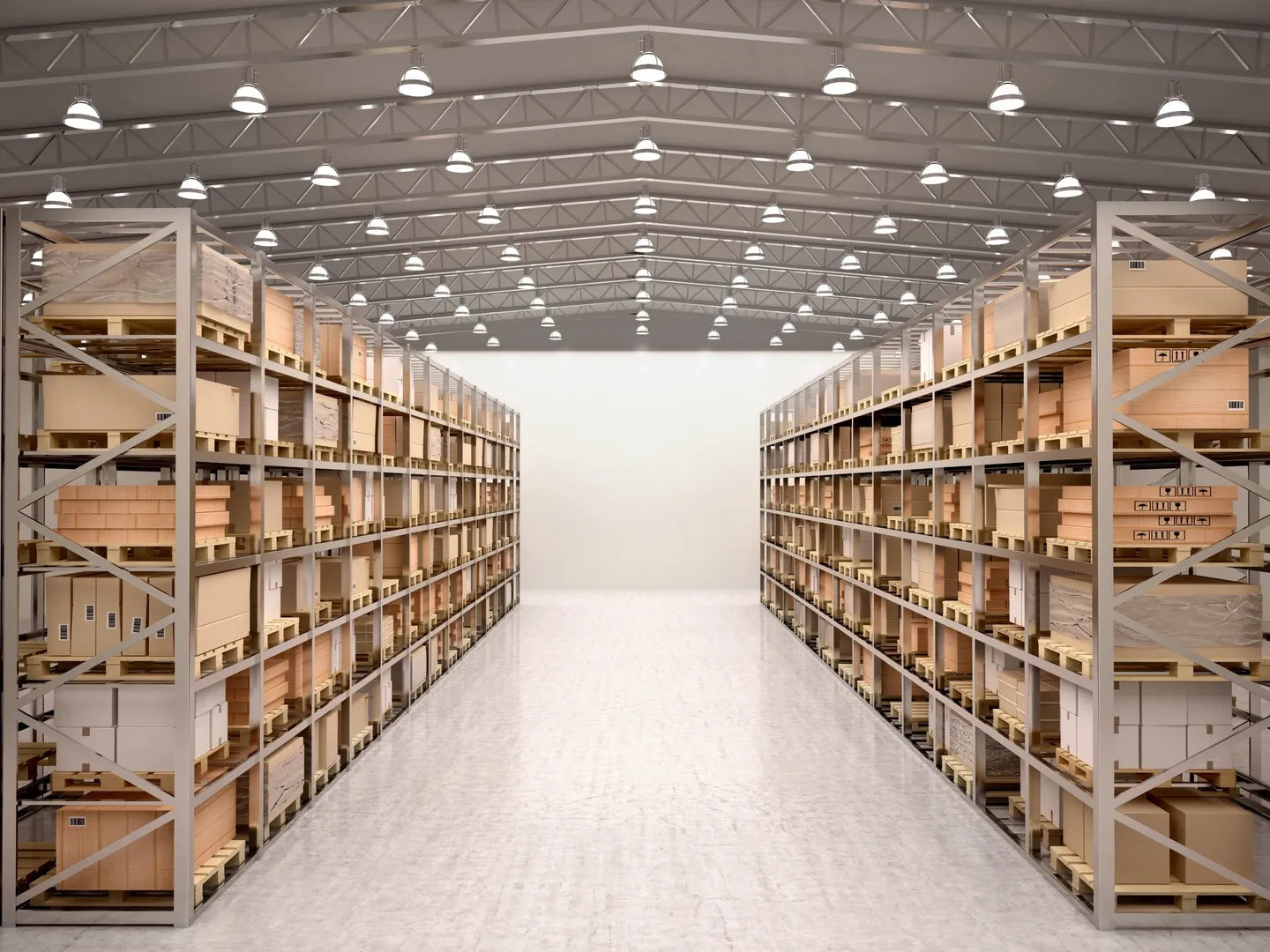Menu
Tubes & Bulbs
PRODUCT TYPE
4' LED T8 Tube Hybrid Type A & Type B (100~347V)


4' LED T8 Tube Hybrid Type A & Type B (100~347V)
- Price
- $17.99
4' LED T5 Tube Hybrid Type A & Type B (100~347V)

4' LED T5 Tube Hybrid Type A & Type B (100~347V)
- Price
- $24.99
8' LED T8 Tube Hybrid Type A & Type B (100~347V)


8' LED T8 Tube Hybrid Type A & Type B (100~347V)
- Price
- $39.99
Size Variations
LED tubes and bulbs come in various sizes to fit existing light fixtures. Here are the most common:
- T8: This is the standard size for fluorescent tubes, measuring 1 inch in diameter and typically available in lengths of 2ft, 4ft, and 8ft. LED tubes are designed as direct replacements for T8 fluorescents.
- T5: These tubes are slightly narrower than T8s, measuring 0.5 inches in diameter, and come in similar lengths. They are less common but can be an option for specific fixtures.
- A-Shape Bulbs: These bulbs resemble the classic incandescent bulb shape (A19) and come in various sizes, with the most common being the 60-watt equivalent LED bulb.
- BR Bulbs: These bulbs have a bulbous and round shape (BR30, BR40) and are often used for recessed lighting or track lighting.
- Candle Bulbs: These bulbs have a flame-like shape (CFL) and are ideal for decorative fixtures where aesthetics play a role.
Types of LED Tubes and Bulbs
Beyond size, there are several types of LED tubes and bulbs to consider:
- Dimmable: These LEDs allow you to adjust the brightness level, creating different ambiences in a space.
- Color Temperature: LEDs come in various color temperatures, ranging from warm white (yellowish glow) to cool white (bluish tint). Choose warm white for a cozy feel and cool white for task lighting areas.
- CRI (Color Rendering Index): This index measures a light source's ability to accurately display colors. A high CRI (above 90) is ideal for areas where color accuracy is important, such as retail stores or art studios.
- Wattage Equivalent: LED bulbs are labeled based on their incandescent bulb equivalent wattage. For example, a 10-watt LED bulb provides the same amount of light as a traditional 60-watt incandescent bulb.
Delving into LED Tube Types (A, B, and Hybrid)
While the standard overview covers essential aspects of LED tubes, understanding the different types – A, B, and Hybrid – is crucial for a more informed choice. Here's a deeper explanation:
Traditional Fluorescent Tube Replacements:
-
Type A - Direct Replacement (Ballast Compatible): These LED tubes are designed to be a plug-and-play replacement for existing fluorescent tubes. They operate seamlessly with the existing fluorescent ballast, eliminating the need for rewiring or fixture modifications.
-
Type B - Ballast Bypass: These LED tubes bypass the existing fluorescent ballast entirely. They have an internal driver circuit that converts line voltage directly to LED-compatible power.
Choosing Between Type A and B:
The ideal choice depends on your specific situation. Here's a quick guide:
-
Choose Type A if:
- You prioritize a simple installation process.
- Your existing fluorescent ballast is functional.
- You're on a tight budget and rewiring isn't an option.
-
Choose Type B if:
- You want to maximize energy efficiency.
- Your existing ballast is malfunctioning or nearing the end of its lifespan.
- You're comfortable with more electrical work and recertification cost.
The Hybrid Approach: Type A+B (Combo or Universal Tubes)
- These versatile tubes offer the best of both worlds: compatibility with existing ballasts (Type A) and the ability to bypass the ballast (Type B). They have a built-in switch or jumper that allows you to configure them for either operating mode.
- Benefits: Ultimate flexibility, works with or without a ballast, future-proof option.
- Drawbacks: Slightly higher initial cost compared to Type A or B tubes.
Choosing the Right LED Tube Type:
To make the best choice, consider your:
- Existing fluorescent fixture type and ballast condition.
- Electrical expertise for potential rewiring.
- Budgetary constraints.
- Desired level of energy efficiency.
- Choosing a selection results in a full page refresh.














































